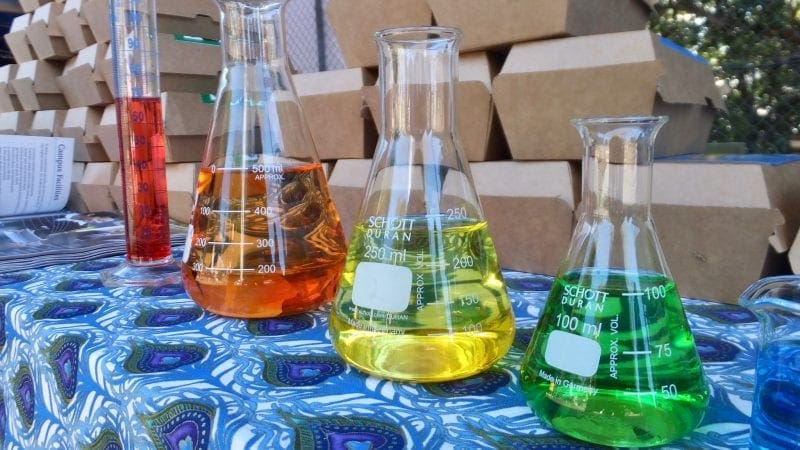“We’re a team of scientists.”
That’s how Nicole Bolduc frames work in the classroom with her seventh-grade students. It introduces them to an important point: You’re never too young to “be” a scientist.
And the primary role of a scientist is to ask and investigate questions — whether you’re in seventh grade or pursuing a Ph.D.
It’s why Bolduc uses the Question Formulation Technique with her students. And it’s why Dan Perlman, professor of biology and environmental studies at Brandeis University, is partnering with the Right Question Institute (RQI) on a National Science Foundation-funded project to optimize the QFT for Ph.D. students.
Bolduc and Perlman were both in the news recently.
Ph.D. students asking better questions
BrandeisNOW, a news website at the university, interviewed Perlman about his work with RQI and the National Science Foundation.
The project has reached more than 100 science and engineering Ph.D. students at Brandeis, Northeastern University, and UMass Lowell. “We’re encouraged by the early results,” he told the website.
“As educators, we don’t typically teach the skill of asking questions, but I think you can argue that it’s one of the three or four most important skills that a college student, or any student, can learn,” he said.
Science standards come alive in middle school
Bolduc participated in a podcast with NGSNavigators, which provides professional development around the Next Generation Science Standards.
In an interview about “beginning the school year with NGSS,” she spoke about using the QFT to help make the standards come alive.
“If we don’t ask the right questions or questions at all, we’re going to get stuck,” she said about the importance of the QFT.
She said the technique “really helps build positivity and community in my classroom because everyone’s [question] matters and eventually everyone’s question ends up on our driving question board.”
Listen to the interview at NGSNavigators.
Also, read Bolduc’s blog on Teaching Channel: “5 Tips for Blending the Question Formulation Technique (QFT) with NGSS.”
Image credit: James Cridland.
